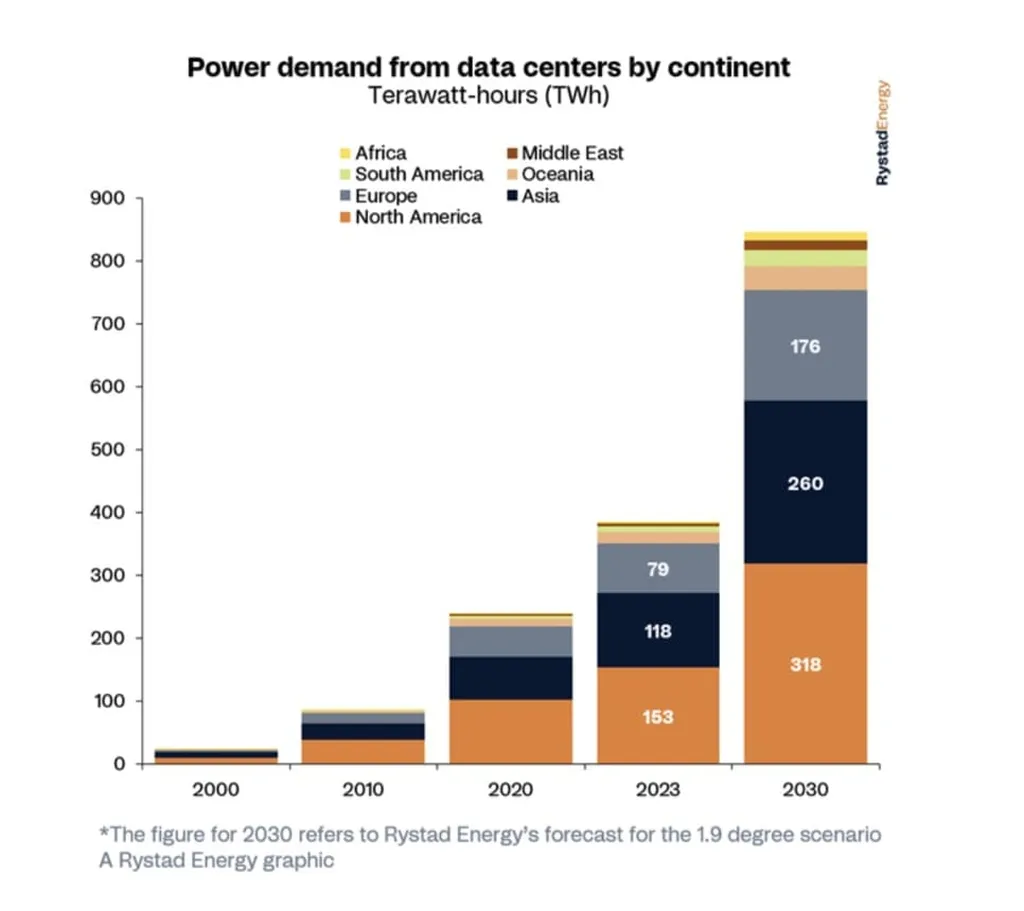In the ever-evolving landscape of renewable energy integration, a groundbreaking study published in the journal “IEEE Access” offers a promising solution to a persistent challenge in wind power generation. Researchers, led by Sarika Shrivastava from IBMM Research in Khartoum, Sudan, have developed a quantum-inspired control strategy that significantly reduces voltage fluctuations in Doubly-Fed Induction Generators (DFIGs), a common technology used in wind turbines. This innovation could have profound implications for grid stability, equipment longevity, and the broader adoption of renewable energy sources.
The integration of renewable energy into power grids has long been hindered by technical challenges, particularly voltage stability and power quality. DFIGs, while offering superior performance in variable wind conditions, have struggled with DC-link voltage fluctuations, which can affect system reliability and component longevity. Shrivastava’s research introduces a quantum-inspired discrete Proportional-Integral (PI) controller that stabilizes DC-link voltage in DFIG-based wind energy systems. This hybrid approach combines quantum computing principles with classical control frameworks, making it feasible for implementation on conventional hardware.
“By incorporating quantum-inspired algorithms into the Grid-Side Converter (GSC) control framework, we can dynamically adjust PI gains using qubit-based probabilistic modeling,” explains Shrivastava. This superposition-based optimization allows the controller to explore multiple solution spaces in parallel, achieving 40-50% faster convergence than classical methods. Simulations of a 1.5 MW DFIG system demonstrated a 69.6% reduction in steady-state voltage fluctuations and a 73.8% improvement during symmetrical faults. The controller also limited peak deviations to less than 10% during unsymmetrical faults, maintaining stable DC-link voltage under normal operation and exhibiting only 3.5% overshoot during fault conditions.
The commercial impacts of this research are substantial. By reducing mechanical stress on capacitors and converters, the quantum-inspired controller extends equipment lifespan and enables higher renewable integration through improved grid stability. This innovation aligns with the IEEE 1547-2018 standards, ensuring compliance and facilitating the seamless integration of renewable energy sources into existing power grids.
As the energy sector continues to evolve, the adoption of quantum-inspired control strategies could revolutionize the way we manage renewable energy integration. Shrivastava’s research not only addresses a critical technical challenge but also paves the way for future developments in the field. By leveraging the principles of quantum computing, we can enhance the performance and reliability of wind energy systems, ultimately accelerating the transition to a more sustainable energy future.

